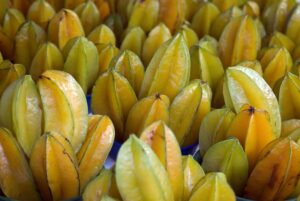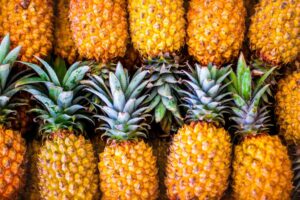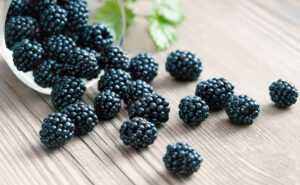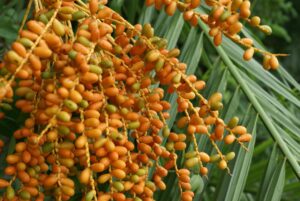How to Grow and Care for Red Currants: A Complete Guide
Red currants are jewel-like berries that add both ornamental value and delicious harvests to your garden. These tart, ruby-red fruits are perfect for jams, jellies, and culinary creations, making them a valuable addition to any home garden. In this guide, I’ll walk you through everything you need to know about growing and caring for red currants in containers, garden beds, and more.
Understanding Red Currants
Red currants (Ribes rubrum) are deciduous shrubs that produce strings of glossy berries in summer. These cold-hardy plants are surprisingly easy to grow and can thrive for 12-15 years with proper care. Before diving into planting, let’s review some basic information about these wonderful berry bushes.
Red Currant Basics
Red currants belong to the Grossulariaceae family and are closely related to gooseberries. They’re known for their:
- Cold hardiness (USDA zones 3-8)
- Compact growth habit (3-5 feet tall and wide)
- High vitamin C content
- Versatility in the kitchen
According to the USDA Agricultural Research Service, red currants contain significant amounts of antioxidants and are considered a nutritionally dense food [Source: https://www.ars.usda.gov/ARSUserFiles/80400525/Articles/AICR09_Berry.pdf].
Site Selection and Preparation

Choosing the Right Location
Red currants perform best in locations that receive:
- Morning sun and afternoon shade in warmer regions
- Full sun (6+ hours) in cooler northern climates
- Protection from harsh winds
Soil Requirements
For optimal growth, prepare your soil with the following characteristics:
- Well-draining but moisture-retentive
- Rich in organic matter
- Slightly acidic to neutral pH (5.5-7.0)
- Deep cultivation (12-18 inches) before planting
Planting Red Currants
You can establish red currants through bare-root plants, container-grown plants, or cuttings. Let’s explore each method.
Planting Bare-Root Currants
The dormant season (late fall to early spring) is ideal for planting bare-root currants:
- Soak roots in water for 2-3 hours before planting
- Dig a hole wide enough to accommodate the spread roots
- Place the plant so the soil mark on the stem is at ground level
- Backfill with soil amended with compost
- Water thoroughly and mulch around the base
Container-Grown Plants
These can be planted almost any time of year, though spring and fall are ideal:
- Dig a hole twice as wide as the container
- Loosen the root ball gently before placing in the hole
- Position at the same depth as it was growing in the container
- Backfill with soil, water deeply, and apply mulch
Growing in Containers
Red currants adapt well to container growing:
- Choose a pot at least 18-24 inches wide and deep
- Ensure adequate drainage holes
- Use high-quality potting mix with added compost
- Position in a spot that receives morning sun
- Water consistently as containers dry out faster
Starting Red Currants from Seed
While less common, you can grow red currants from seed:
- Extract seeds from ripe berries and rinse thoroughly
- Cold stratify seeds in moist sand at 32-40°F for 3-4 months
- Sow stratified seeds 1/4 inch deep in seed starting mix
- Keep soil consistently moist until germination (3-4 weeks)
- Transplant seedlings when they have several true leaves
Note: Plants grown from seed may take 3-4 years to bear fruit and won’t necessarily have the same characteristics as the parent plant.
Red Currant Varieties for the US Market
Here’s a comparison of popular red currant varieties available in the US:
| Variety | Hardiness Zone | Berry Size | Flavor Profile | Disease Resistance | Yield Potential |
|---|---|---|---|---|---|
| Red Lake | 3-8 | Large | Sweet-tart | Good | High |
| Jonkheer van Tets | 3-7 | Medium-large | Sweet | Very good | Medium-high |
| Wilder | 3-8 | Large | Mild, less acidic | Moderate | High |
| Rovada | 4-8 | Very large | Well-balanced | Excellent | Very high |
| Tatran | 3-7 | Medium | Tart | Good | Medium |
| Redstart | 3-8 | Medium | Sweet-tart | Very good | Medium-high |
Seasonal Care and Maintenance
Spring Care
As temperatures warm:
- Apply balanced organic fertilizer in early spring
- Monitor for emerging pests
- Ensure adequate moisture as plants break dormancy
- Apply fresh mulch to conserve moisture and suppress weeds
Summer Maintenance
During the growing season:
- Water consistently, providing 1-2 inches per week
- Harvest berries when fully colored and slightly soft
- Protect ripening fruit from birds with netting if necessary
- Monitor for signs of leaf spot or other diseases
Fall Preparation
As the growing season ends:
- Reduce watering as temperatures cool
- Apply compost around the base of plants
- Clean up fallen leaves to reduce disease pressure
- Apply winter mulch in colder regions
Winter Protection
In harsh winter areas:
- Apply 2-3 inches of mulch after ground freezes
- Protect from winter winds with burlap screens if needed
- Avoid heavy snow accumulation on branches
Pruning Red Currants
Proper pruning increases yields and maintains plant health:
First Year Pruning
- After planting, cut all stems back to 6-10 inches
- Remove any damaged or crossing branches
- Establish 6-8 main stems for future framework
Maintenance Pruning
Annual winter pruning (when dormant) follows this pattern:
- Remove dead, diseased, or damaged wood
- Cut out branches that are more than 3-4 years old (darker wood)
- Keep 6-9 younger stems (1-3 years old)
- Maintain an open center for air circulation
Harvesting and Using Red Currants
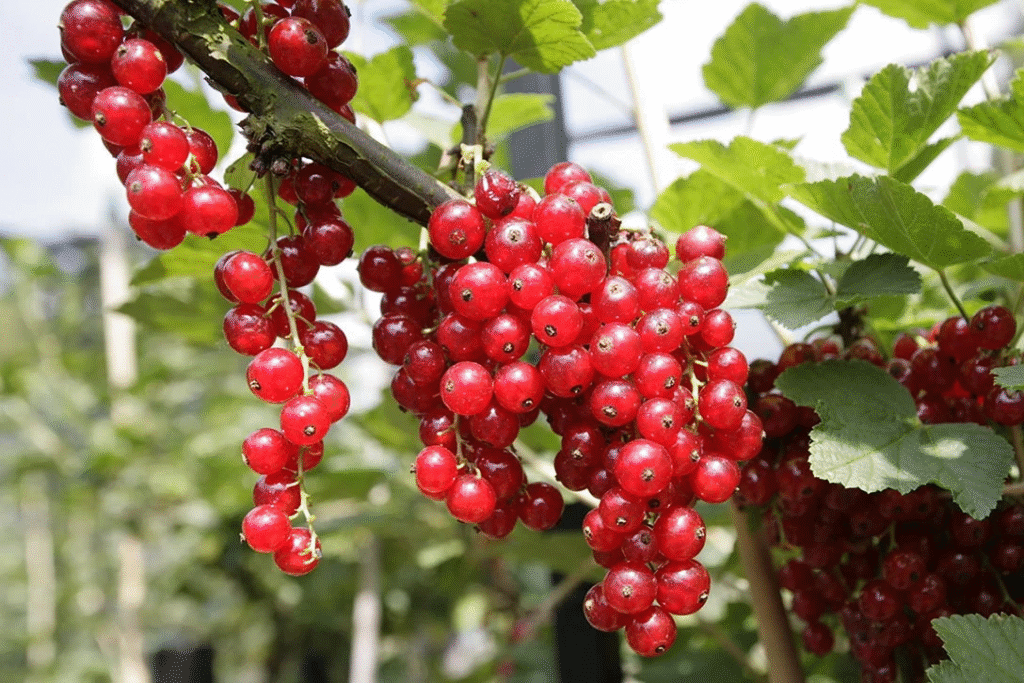
When and How to Harvest
Red currants are usually ready for harvest in July or early August:
- Berries should be fully colored and slightly soft
- Harvest entire fruit clusters rather than individual berries
- Pick in the cool morning for best flavor
- Use scissors to avoid damaging the delicate fruits
Storage Tips
To maximize shelf life:
- Refrigerate unwashed berries immediately
- Store in shallow containers to prevent crushing
- Use within 3-5 days for best quality
- Freeze excess berries for long-term storage
Culinary Uses
Red currants are versatile in the kitchen:
- Make classic red currant jelly
- Add to summer fruit pies and tarts
- Create tangy sauces for meats
- Incorporate into summer cocktails and punches
- Dry for addition to trail mixes and baked goods
Common Pests and Diseases
Insect Pests
Monitor for and manage these common pests:
- Currant aphids (cause leaf curl)
- Currant fruit flies (larvae damage berries)
- Currant borers (tunnel into stems)
- Scale insects (appear as bumps on stems)
Disease Management
Common diseases and their management:
- Powdery mildew: Ensure good air circulation and avoid overhead watering
- Leaf spot: Remove affected leaves and improve air flow
- White pine blister rust: Note that some states restrict growing Ribes species to protect white pines
According to the USDA Forest Service, white pine blister rust regulations vary by state, so check local regulations before planting [Source: https://www.fs.usda.gov/research/invasivespecie/pathogens].
Propagating Red Currants
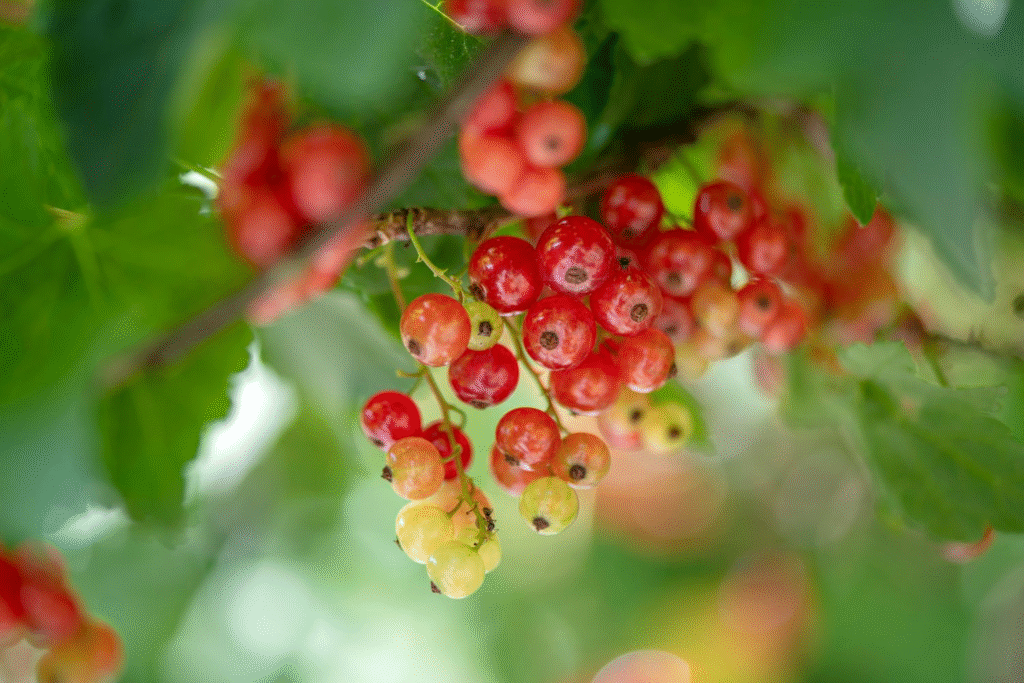
Hardwood Cuttings
The most reliable method for propagation:
- Take 8-10 inch cuttings from dormant one-year-old wood in late fall
- Remove all buds except the top 3-4
- Dip the cut end in rooting hormone
- Plant 6 inches deep in prepared garden soil or pots
- Keep soil moist through winter and spring
- Transplant rooted cuttings the following fall
Companion Planting
Enhance your red currant’s growth with these companions:
- Aromatic herbs like sage and thyme deter pests
- Deep-rooted comfrey brings up nutrients
- Spring bulbs utilize space under currant bushes
- Avoid planting near walnut trees, which release growth-inhibiting juglone
Conclusion
With proper care and maintenance, your red currant bushes will provide years of beautiful growth and bountiful harvests. These versatile berries deserve a place in every garden, whether in dedicated beds or attractive containers. By following the guidelines in this article, you’ll be well on your way to growing healthy, productive red currants that will enhance both your landscape and your table.
Remember that growing red currants is a rewarding long-term investment in your garden. With minimal care requirements and maximum returns in beauty and harvest, these berry bushes truly earn their keep in any garden setting.

